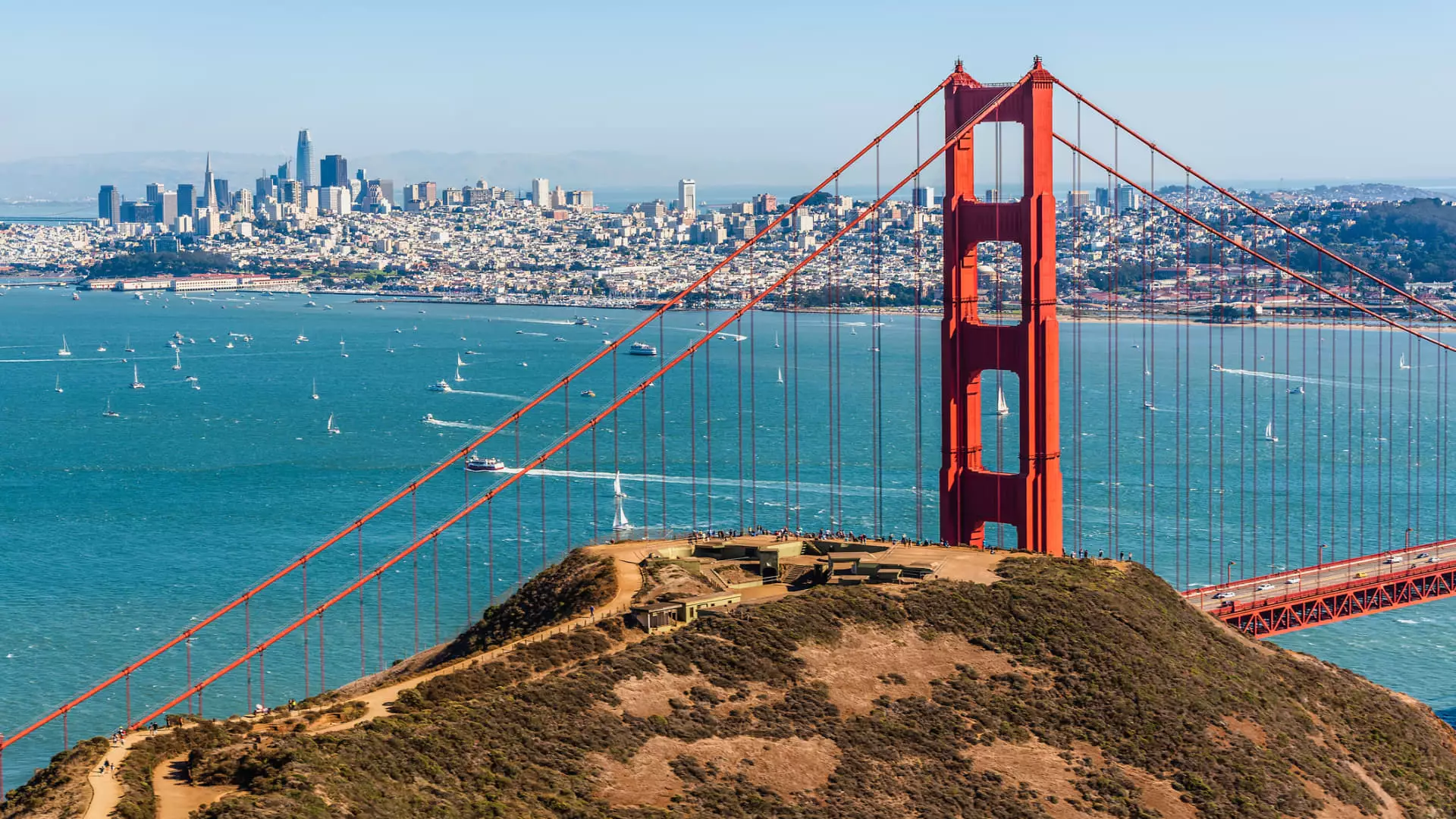The staggering concentration of wealth in the United States has reached a disheartening milestone, with over a third of the world’s millionaires residing within its borders. As reported by Henley & Partners and New World Wealth, the number of liquid millionaires in the U.S. has surged by a whopping 78% in just a decade, tallying over 6 million individuals possessing over $1 million in investable assets. This growth, while seemingly a success story, underscores a disturbing and widening chasm between the ultra-wealthy and the average American. The plight of the lower and middle classes is often ignored in this narrative of prosperity, raising critical questions about the sustainable economic structures that allow such disparities to flourish.
A Distorted American Dream
America’s status as a breeding ground for wealth is not just due to its vibrant tech landscape; it also reflects systemic policies and practices that favor capital accumulation over equitable distribution. In 2024, the number of centimillionaires—those with assets exceeding $100 million—ballooned to 10,835. This figure is four times greater than that of the second-highest nation, China. While this could be celebrated as a triumph of innovation, it reveals a troubling trend where the notion of the American Dream is being recalibrated: it now seems reserved only for those who start with an extraordinary advantage or are able to navigate a rigged system.
Luxury Migration and New Wealth Centers
Interestingly, the influx of international millionaires relocating to the U.S. complicates the existing dynamic. Approximately 3,800 millionaires, including 95 centimillionaires, sought American shores last year alone, reinforcing the idea that the U.S. is not merely a locale for citizens seeking opportunity, but also a haven for the wealthiest from around the globe. The rapid development of wealth in traditional hubs like New York and the Bay Area is mirrored by the meteoric rise of cities in the Sunbelt, such as Scottsdale and West Palm Beach, where millionaire populations have seen upticks of 125% and 112%, respectively. However, this growth is predicated on the rise of a lifestyle that caters to the affluent and does little for the surrounding community, exacerbating issues like housing affordability and economic dislocation for those not part of this elite class.
The Impact of Technology on Economic Inequity
As artificial intelligence and tech innovations continue to create enormous financial reservoirs, the Bay Area is positioned to potentially usurp New York as the leading hub for wealth accumulation. The region’s millionaire population surged by 98% in the last decade, showcasing how swiftly fortunes can balloon in the technology sector. However, this phenomenon raises important concerns regarding the long-term effects of such economic models. Are we simply perpetuating an economy that rewards a small fraction of the population while sidelining those who have no access to the same resources and opportunities? The tech boom has not only given rise to immense wealth but has created an environment where many remain indefinitely on the outside looking in.
The emerging narrative of extreme wealth generation in America necessitates a profound reassessment of our economic policies. The undeniable reality showcases a society where wealth accumulation, driven largely by technology and capital investment, stands in stark contrast to the lived experiences of everyday people who continue to grapple with stagnant wages and rising living costs. In this new economic landscape, are we to celebrate the ascent of the wealthy elite, or should we demand a reimagining of our collective future where prosperity can be shared more equitably across all strata of society?


Leave a Reply